Building a Strong Brand Reputation: Strategies for Small Businesses
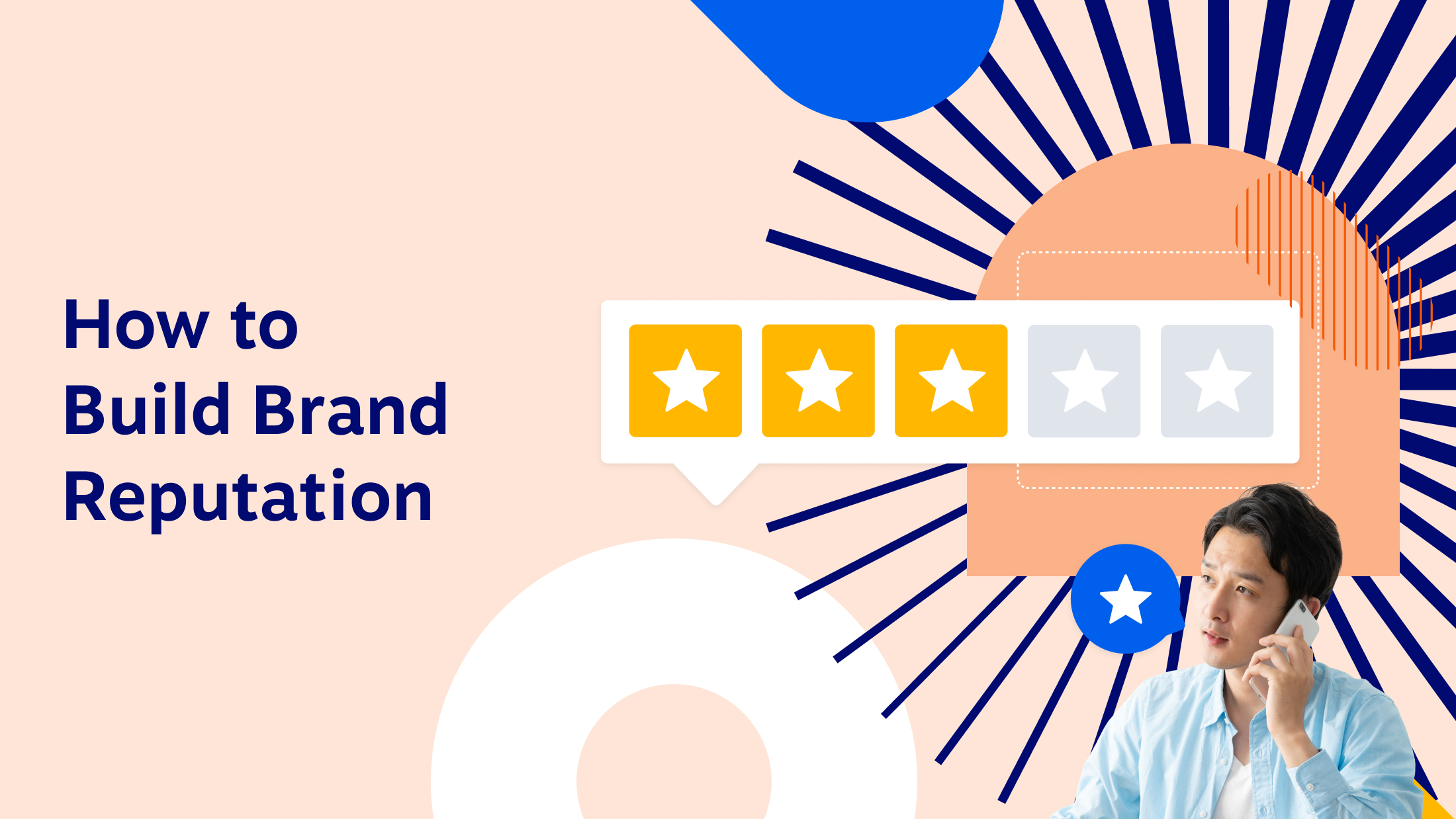
Table of Contents
Every company wants to be the top brand of choice for potential customers. Future employees want to work at well-known and highly coveted companies. This is only possible with an impeccable brand reputation.
A strong brand reputation makes it easy to do business with you. It brings in new customers, attracts top talent, and sets you apart from the competition.
This guide will cover powerful ways to create a top-tier brand image, both online and offline.
What Is Brand Reputation?
Brand reputation is the cumulative view of a brand shared by customers, employees, and the market. A brand’s reputation can be either negative or positive, depending on the opinions and experiences of these groups.
There are two ways to measure brand reputation:
Sentiment: Net Promoter Score (NPS), customer satisfaction (CSAT), and online reviews and ratings on review sites. These metrics show the attitudes about an organization.
Market share: Share of voice, organic search visibility, quantity of customer reviews, and brand mentions in the media. These metrics show the presence of a brand relative to others in the industry.
Unlike branding or brand identity, a company’s “brand reputation” is the shared opinions of the enterprise. Brand loyalty results from exceeding customers’ expectations of product quality, customer service, and how the product makes them feel.
Online Brand Reputation Building
Your online presence across every relevant channel significantly influences your brand reputation. Prospective customers will search for your business online before engaging. Because review sites and social media influence people’s views, you need to take control of your online image.
So, how do you build a rock-solid brand reputation online? Here are several ways to boost your reputation.
1) Establish your social media presence
MailChimp has amassed 490,000 followers on Facebook. It also has 189,000 followers on Instagram, 259,000 on Twitter, and 180,000 on LinkedIn. With fun content and how-to lessons, fans feel like part of a helpful community.
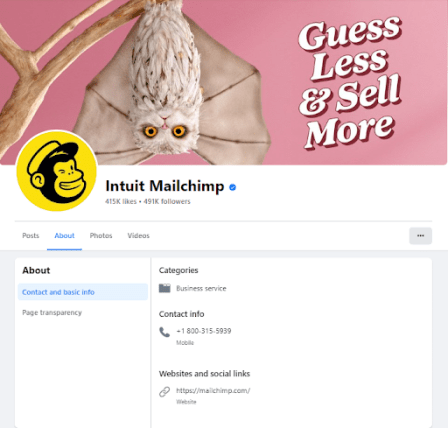
Maintaining active and engaging social media channels hints at greater brand awareness. To build relationships, pinpoint your target audience before creating any social media accounts. Ask yourself which social media platform suits your industry and audience.
Join discussions, share high-quality content, and respond to comments. This will build you an army of dedicated followers.
2) Track and promote customer reviews
Passionate customer reviews significantly influence purchase decisions. Nearly eight out of ten people trust online reviews as much as personal recommendations. So, make it easy for happy customers to leave positive reviews on Google, Trustpilot, G2, and other popular review sites.
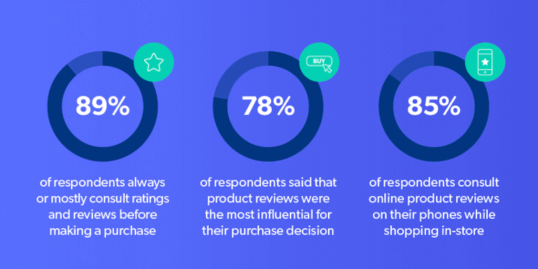
Along with the positive comes the negative. It happens.
We suggest extending a warm and confident response to negative feedback. Talk to a frustrated customer from your business phone and provide personalized help before pleading your case in the comments.
Consider using this review monitoring tool available from Nextiva to easily get notified of new reviews, suggest responses, and route escalations to your team. This way, no customer falls through the cracks.
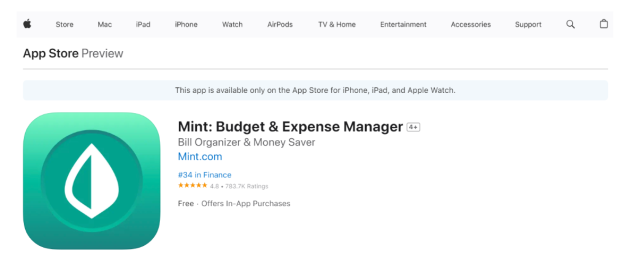
3) Launch a provocative marketing campaign
One way to drive word-of-mouth is to craft a clever campaign that excites your customers, earns media buzz, and sets the internet ablaze.
Chicago-based Cards Against Humanity, the creators of the popular risqué party game, went all out with its marketing campaign “Saves America.” The company raised $2.25 million for social causes by asking customers to pay $15 for yet-to-be-known surprises. The campaign amplified the brand’s values, impact, and word-of-mouth.

… And the company delivered. By purchasing land along the U.S.–Mexico border, randomly refunding and giving 100 customers $1,000 checks, supporting the Chicago Children’s Museum, and subsidizing 14 months of statistically sound public opinion polls.
4) Claim and update business listings
According to Brightlocal, nearly everyone (98% in 2022) uses the internet to find information about local businesses. This figure increased by 8% from 90% in 2019.
Managing your online listings is completely free. All it requires is your time and a bit of patience while you verify your account.
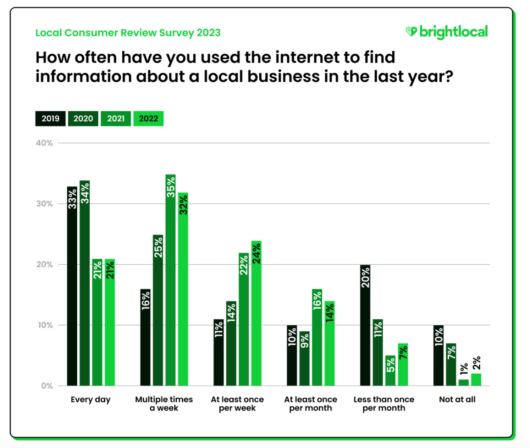
Claiming your business listings and managing them are two different things.
Getting your business listed on directories like Yelp and having a Google Business Profile makes you more noticeable in local searches. Follow this guide on how to add or claim your business profile on Google. Complete your profile thoroughly and respond to reviews to build a positive brand reputation.
We recommend including more than the bare minimum in your listings. Give visitors access to high-quality images and detailed narratives about what makes your company special. And be sure to provide your contact info and business phone number so people know how to get in touch.
5) Use reputation management tools
Tracking reviews across multiple platforms can be cumbersome. Unless it’s your primary job, it’s easily forgotten, especially by business owners and marketing managers. There are just so many more exciting things to do.
Nextiva’s reputation management platform is the solution. Amplify customer engagement, nurture brand growth, and establish a vibrant online image.
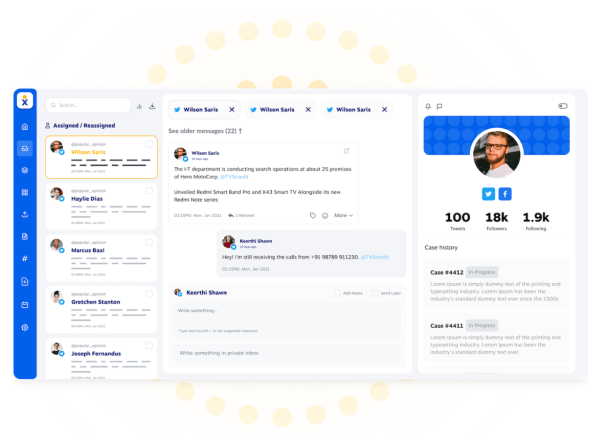
Get a review dashboard with proactive management and strategies to improve your online reputation. You can also use real-time social media tools to understand people’s opinions and foster customer loyalty.
6) Feature your raving fans
About 92% of consumers believe word-of-mouth from family and friends above other forms of promotion. The best marketing strategy is to let happy customers tell others about your business.
Jason Fried’s Basecamp has taken word-of-mouth to a new level.
The software company has never been shy about its customer feedback. Their wall of customer testimonials is equally persuasive and authentic. The company’s Hey.com doesn’t pull any punches, either.

Offline Brand Reputation Strategies
While an online reputation is valuable, boosting word-of-mouth offline is also necessary. By offline, we mean outside of your website and review sites.
Building your reputation offline through customer experiences and community engagement is equally important. People value authentic local connections alongside a social media presence. Here are some tips for building a great offline reputation.
7) Enlist help from loyal customers
Customers who frequently interact with your company become loyal brand influencers over time. Don’t always prioritize customer acquisition over retention. Most customer marketing programs should consider identifying content that engages the existing customer base.
The Rewards program at TOMS offers exclusive deals to highly engaged customers and opportunities to give back. The program nurtures its most loyal segment and, eventually, contributes to a good reputation.
This has led to a sales boost, facilitated by authentic and creative video content such as “How to Sleep Only 2 Hours a Day” and “Extreme Bedroom Makeover! Tech Edition.”
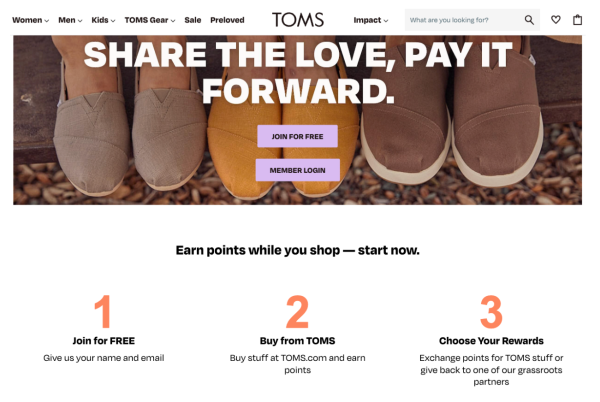
8) Partner with local influencers
The leaders and businesses in your community are respected, and people genuinely listen to them. Mutually beneficial partnerships add credibility and improve public perception of your brand.
Casper strategically employed influencer marketing to drive positive sentiment and enhance brand awareness. To target tech and engineering-oriented audiences, it has sponsored innovative content through YouTube vloggers and engineers.

This campaign aligned with Casper’s innovation-focused approach, resulting in 189 conversions within two weeks and extended exposure to 17 million potential customers, cementing their online brand presence.
Does an online influencer campaign translate into offline sales?
It does! Nielsen has analyzed the sales performance following online ad campaigns. The media measurement firm concludes that “strong ads” lift brand awareness and offline sales.
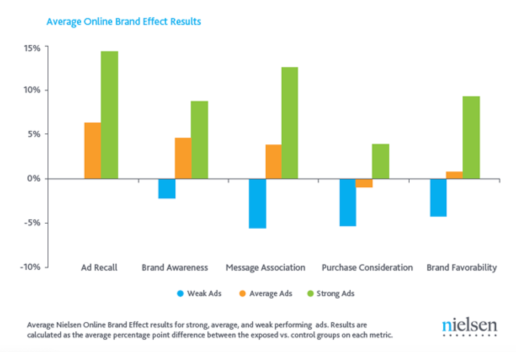
9) Support local causes in big ways
With the tagline “Gear for good,” Cotopaxi’s business model donates 1% of revenue through its foundation to help communities experiencing poverty. Supporting charitable community initiatives generates goodwill among customers.
The company does more than earmark funds for philanthropy. The retailer published a 49-page impact report covering its annual targets, supply chain, employee engagement, diversity, and much more.

10) Secure high-quality customer testimonials
Use testimonials from happy customers to improve your reputation. Collect genuine customer stories and reviews to showcase on your website and promotional materials.
Here’s an example of what we did with Shelby American. Yes, that Shelby.
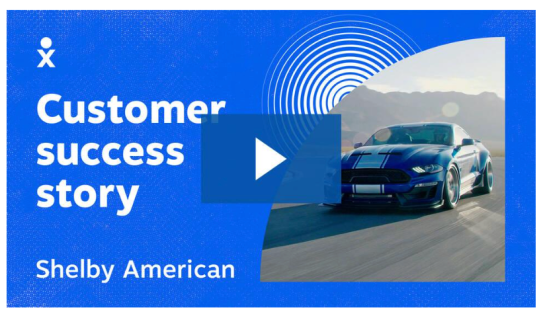
We flew our video crew out to capture the customer story at their HQ.
Video testimonials work because customers share what they love about your company in their own words — not yours. This way, you can let your best customers attract new potential clients. This strategy amplifies your reputation and creates an enduring bond with your audience.
Key Factors for Reputation Success
You can gain a competitive edge by following strategies used by successful small brands:
- Deliver high-quality experiences. Consistently exceed expectations at every customer touchpoint. Empower employees to resolve issues immediately.
- Respond to feedback. Actively manage negative reviews, social media, and conversations. Take action to improve performance based on customer feedback.
- Align branding. Ensure that everything you do to build your reputation conveys a clear and genuine brand image. This includes your messages, visuals, and values.
- Engage stakeholders through critical channels. Improve your online presence by managing your profiles on essential websites and social media platforms. Produce high-quality, targeted content.
- Monitor and measure. Monitor how your brand is perceived and track performance indicators online and offline. This will help you determine what strategies are effective. Then, adjust your brand reputation management strategy accordingly.
- Partner with brand advocates. Collaborate with satisfied customers, influencers, and ambassadors. Enable them to spread authentic user-generated content through powerful public relations campaigns.
- Stay true to your purpose. Build an iconic reputation by making business decisions that align with your brand’s core mission and values.
Final Thoughts on Brand Reputation
The strategies in this guide can help small businesses and startups become more trusted and well-known online and offline. But there’s more to consider.
As a company leader, you must define your proprietary playbook to generate buzz. Millions of brands are out there, with tens of thousands of ads constantly blasted at consumers.
You’ve got to be different. (Like everybody else.)
Consider the examples and tips above as inspiration for the essential task of increasing your online reputation. But what you say doesn’t make you a million- or billion-dollar brand today…
It’s what your customers say about you. That’s what counts.
Your brand’s reputation significantly influences potential customers, talent acquisition, investments, and long-term growth. To build a good reputation, practice customer advocacy and be proactive about your online reputation.
Follow these tips to manage your reputation and create a memorable brand that connects with your audience. A stellar brand reputation matters to you, your customers, and your team.







